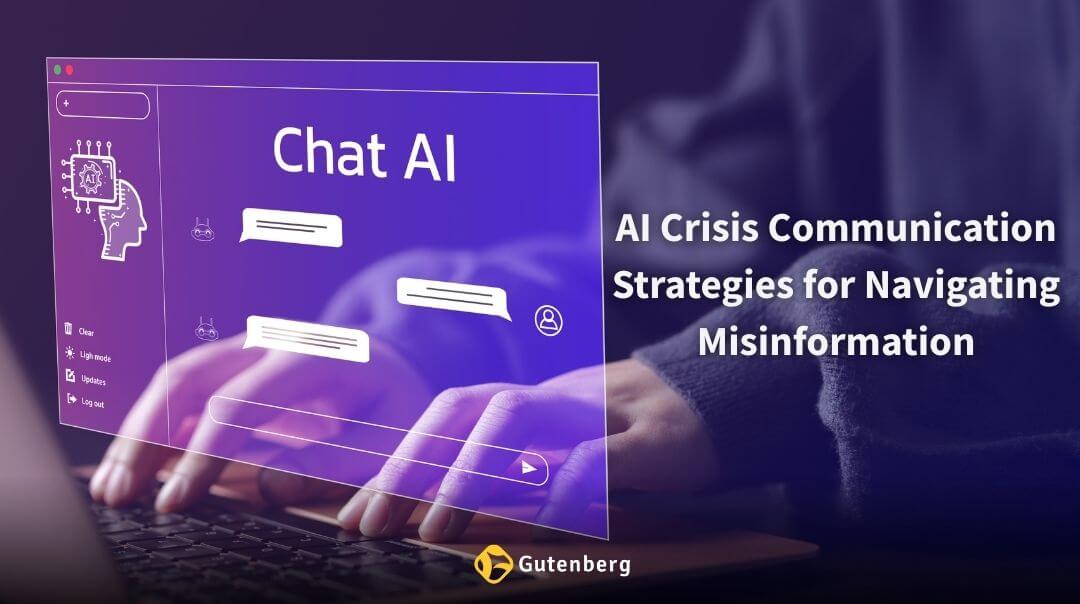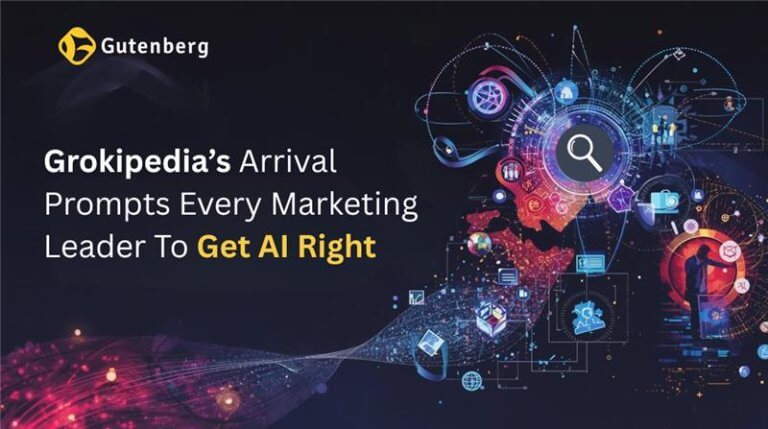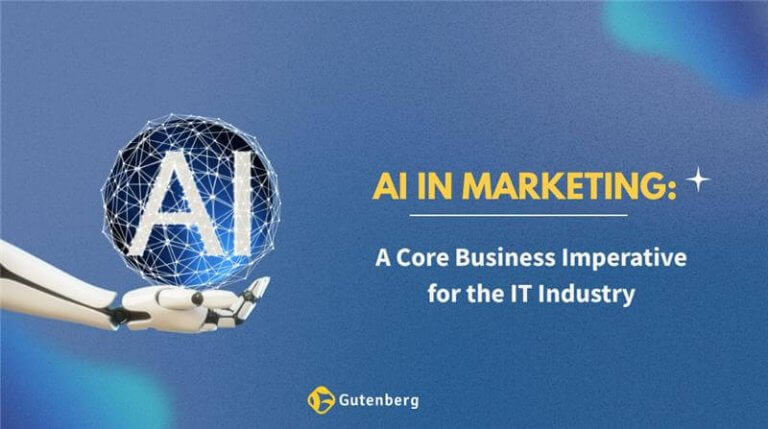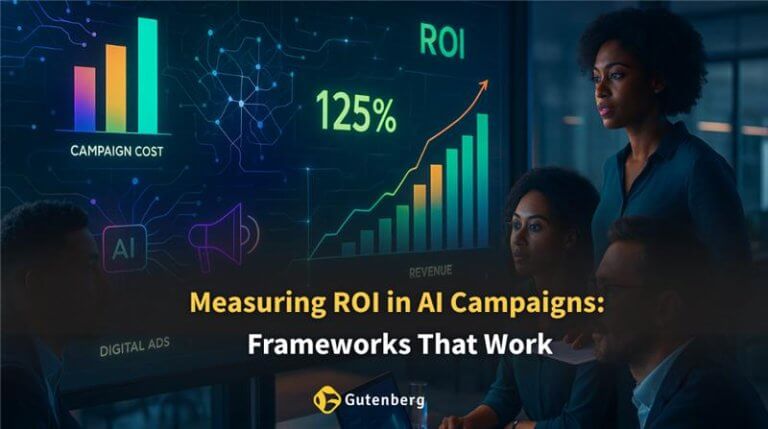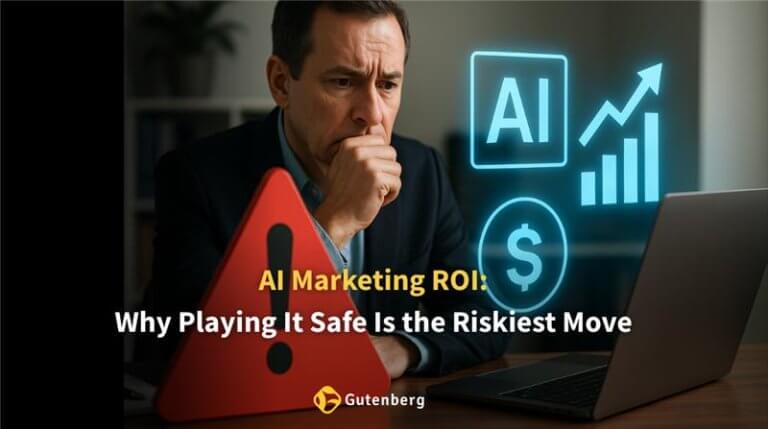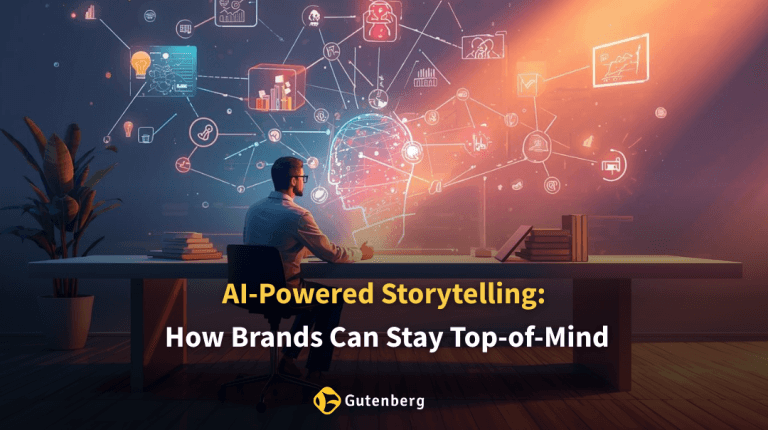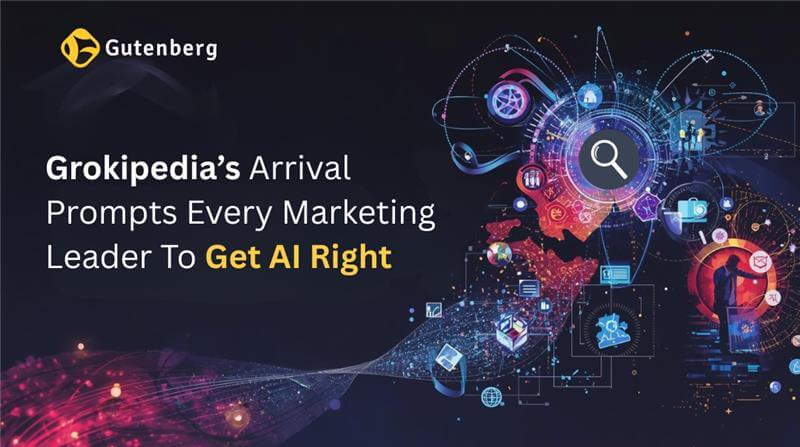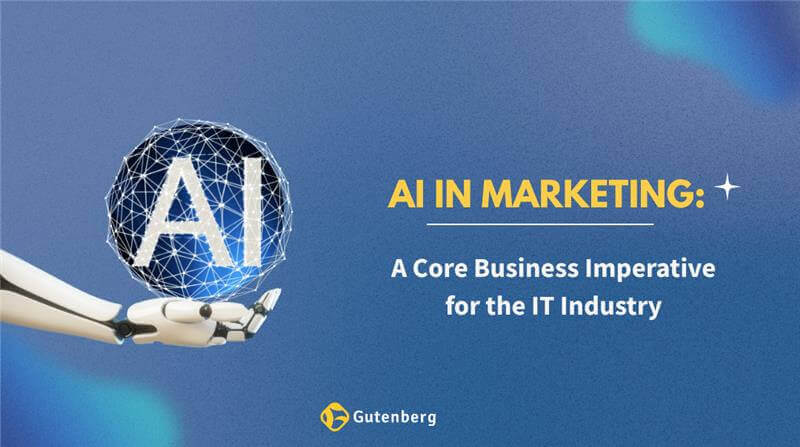AI-generated misinformation has changed the game for brands. The rise of advanced chatbots and automated content farms means falsehoods travel faster and hit harder—threatening trust, market value, and public safety. To stay resilient, US brands need modern AI crisis communication strategies that combine misinformation handling, rapid brand crisis response, and long-term reputation management. This blog explores how ai crisis communication strategies, reputation management, and brand crisis response must evolve to keep pace. Whether you’re in PR, corporate comms, or executive leadership, you’ll find actionable guidance—plus data, tool reviews, and an intro to modern frameworks like PR in the AI era.
Understanding Misinformation in the Age of Generative AI
Today, misinformation handling means more than catching rumors. Generative AI can mass-produce plausible, targeted falsehoods—including deepfakes, biased news, and bot-driven outrage.
US brands now face misinformation attacks that blend with real news—making detection, context, and response difficult. The result: a volatile risk landscape that intensifies the need for proactive ai crisis communication strategies and smarter reputation management.
Early Detection & Proactive Monitoring—Core to Modern Reputation Management
Catching trouble early is the new gold standard. Automated AI-driven detection tools scan for emerging threats, track viral narratives, and give PR teams a jump on narrative control.
| Detection Tool Type | Core Function | Example Actions |
|---|---|---|
| AI Social Listening | Identifies spikes in mentions, tone | Spot deepfakes, keyword surges, sentiment |
| Network Mapping | Tracks spreaders and bots | Map misinformation across platforms |
| Sentiment Analytics | Analyzes public emotion | Flag coordinated outrage or reputation dips |
Pro Tip: Combine multiple monitoring platforms to maximize real-time insight. Effective reputation management starts with data, not gut feeling.
Rapid Brand Crisis Response—Turning Transparency Into an Asset
Speed matters. Once a falsehood hits, the first official response often sets narrative tone and public expectations.
- Updated, single-source-of-truth web pages and pinned social posts
- Spokesperson protocols for swift, fact-based media engagement
- Pre-approved message templates tailored for AI-era threats
Major US brands now build out brand crisis response toolkits specifically to counter AI-generated fakes. According to 2024 findings, generative AI can instantly create divisive disinformation—demanding transparency-first moves from PR in the AI era.
Recovery & Trust Restoration—Sustaining Reputation Management Post-Crisis
Short-term fixes don’t restore trust. Brands must double down on consistent messaging, direct executive outreach, and public education campaigns.
- Share transparent updates, even amid uncertainty
- Launch post-crisis audits to diagnose and prevent future failures
- Educate your audience about spotting fakes and understanding your verification process
The post-crisis period is the proving ground for long-term reputation management. Review, document, and upgrade your protocols—closing the feedback loop for ongoing improvement.
AI Tools for Misinformation Handling in PR
Not every tool is made equal. The right tech stack can help US PR teams rapidly verify claims and counter viral misinformation.
| Category | Leading Tools | Key Benefit |
|---|---|---|
| Fact-Checking Algorithms | Media verification APIs | Fastest identification of altered material |
| Content Authenticity Markers | Blockchain-based watermarking | Publicly verifiable content signatures |
| Explainer Generators | AI-powered infographic creators | Simplifies complex fact-checking for public |
The challenge: AI is making it easier to produce “clean, convincing text that repeats conspiracy theories,” so regular staff training and visual explainers—like shareable myth-busting infographics—are central to misinformation handling.
US Industry Trends in AI Crisis Communication Strategies (2024-2025)
US brands face new “digital wildfires”—misinformation triggers PR storms that can spike shareholder and public distrust almost overnight.
- In 2025, regulators cited most AI-generated political content as intentionally misleading, calling for urgent updates to brand protocols.
- Declining social media trust means traditional platforms alone can’t support brand crisis response—multichannel, verified communications are the new mandate.
- Updated US regulations on content verification now shape real-time PR in the AI era and compliance.
Brands must get proactive: modern reputation management depends on anticipating regulatory shifts and deploying agile crisis playbooks.
Spotlight on Gutenberg—Guiding US Brands With PR in the AI Era
Gutenberg is at the forefront of guiding US organizations through AI disruption—specializing in ai crisis communication strategies, cybersecurity comms, and multifaceted brand crisis response.
US marketers, tech firms, and B2B leaders choose Gutenberg for:
- Veteran PR teams who understand AI triggers and US-specific brand vulnerabilities
- Transparent, always-on support—so you’re never caught flat-footed amid a digital storm
- Actionable training and new frameworks that put your organization ahead in PR in the AI era
Interested in future-ready, actionable guidance? Visit Gutenberg to connect with advisors who deliver on reputation management and misinformation handling every day.
Actionable Framework—Establishing Your Crisis Comms 3.0 Playbook
Resilient crisis strategy means prevention, rapid action, and continuous learning. The table below maps key pillars for US comms teams building next-generation playbooks:
| Phase | Key Actions | Why It Matters |
|---|---|---|
| Prevention | Monitor, train, document, test response | Reduces risk of being blindsided |
| Detection | Social listening, verify sources, flag anomalies | Detects emerging issues before escalation |
| Response | Transparent comms, single-truth updates, rapid FAQ | Stops misinformation spread, protects brand |
| Recovery | Audit, public education, policy updates | Restores trust, improves future readiness |
Quick Readiness Checklist:
- Do we have multi-platform early alert systems?
- Are spokespersons trained for AI-driven media threats?
- Can we visualize and explain our fact-checking process to the public?
- When did we last run a crisis simulation in a generative AI scenario?
Prioritize building these workflows into your organization’s daily practice for effective, scalable ai crisis communication strategies.
Frequently Asked Questions
1. What are AI crisis communication strategies?
AI crisis communication strategies are frameworks that help brands respond to misinformation, deepfakes, and false narratives created using generative AI. They combine rapid monitoring, verified messaging, and multi-channel communication to protect trust and credibility.
2. Why is reputation management critical in the AI era?
Strong reputation management ensures that false information does not damage long-term brand perception. In the AI era, where misinformation can spread in seconds, reputation management helps companies sustain trust with employees, customers, and stakeholders.
3. How can brands improve their brand crisis response to AI-generated misinformation?
A proactive brand crisis response includes early detection tools, pre-approved media statements, and transparency-first communication. Partnering with experts like Gutenberg gives brands access to tested playbooks and experienced PR advisors who specialize in countering AI-driven threats.
4. What role does misinformation handling play in modern PR?
Misinformation handling is now a core element of PR. It involves identifying false content early, fact-checking claims, and releasing clear explanations for the public. This helps prevent false narratives from damaging brand reputation.
5. How does PR in the AI era differ from traditional PR?
PR in the AI era requires faster response cycles, verified content publishing, and close collaboration between communication, cybersecurity, and legal teams. Unlike traditional PR, it must account for AI-driven risks like deepfakes and AI-amplified outrage campaigns. Agencies like Gutenberg guide US brands in building these modern frameworks effectively.
6. Which tools support AI crisis communication strategies?
Brands use AI-powered monitoring platforms, fact-checking algorithms, and sentiment analysis tools to strengthen ai crisis communication strategies. For many companies, consulting with Gutenberg ensures the right mix of technology and communications expertise for crisis readiness.
7. How can US brands prepare for future AI-driven misinformation threats?
US companies should invest in reputation management frameworks, run crisis simulations, and train spokespersons to deal with generative AI threats. Building scalable ai crisis communication strategies today ensures resilience against misinformation handling challenges tomorrow.

